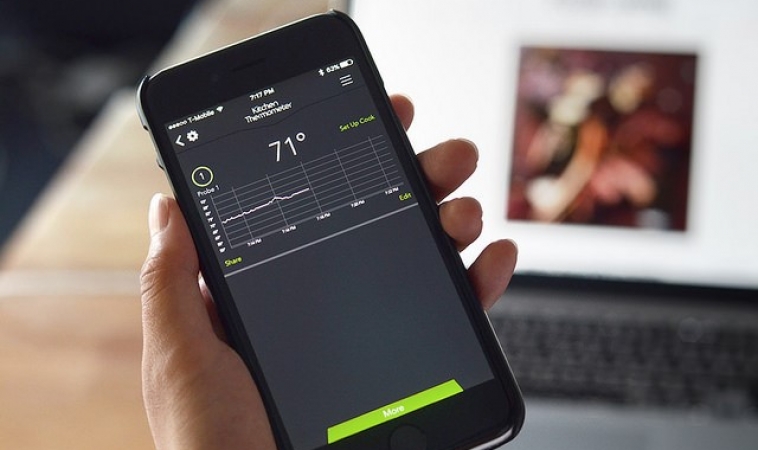
Image Credits: Flickr
These days, when developers have to create mobile apps, they tend to focus on three main areas, design, experience, and promotion. Although these areas are extremely important, you should also keep in mind that there is another key area, which is performance.
Performance has a huge role to play, as it determines if your users like or dislike using your app. For example, if your app takes a long time to load its content or scrolling is poor, your users will uninstall your mobile app and look for ones that get the job done quickly. Even a delay by a couple of seconds will seem annoying to your users. As competition is fierce in the mobile application world, you can’t afford to give your users any reason to abandon your app. To ensure that performance doesn’t take a hit, here are six tips that you can use:
Keep features minimal
Almost every article you read regarding mobile app development will talk about the necessity to keep features as minimal as possible. Yes, it is true that you need to stand out from the rest of the competition, but that doesn’t mean you fill your mobile app with numerous features.
With extra features on your mobile app, effective optimization becomes quite challenging. As each feature is different, you will have to ensure that any minute changes you make don’t produce errors or bugs. As this is a time-consuming process, you will take ages to update your app. You can take Facebook Messenger as an example of an app that has too many features, which slows it down on a lot of devices.
Make use of cache
Cache is that part of the memory which stores all the information that has been used by the mobile phones. The advantage of using cache is that you can store web pages, files, images, and other types of data on the local hard drive. When you store items in the cache, it decreases network traffic and improves performance, as it allows the mobile app to use the data quickly.
When your mobile app needs to download external resources for its functioning, it will take extra and unnecessary time. To avoid making your users wait and to improve loading time, make sure that you cache the data.
Never create objects that are unnecessary
You should keep in mind that when you create objects, it doesn’t come without any costs. Remember that it is always better for your application to not allocate memory than do the opposite. When your mobile app uses more objects, it will kickstart the garbage collection, which has a negative impact on the user experience.
There are multiple ways you can use to avoid creation of unnecessary objects. For example, if you use a technique to return any string, and you are that the outcome gets attached to StringBuffer, you don’t need to create a temporary object. Instead, you can introduce changes to the implementation and signature so that it gets attached directly.
Optimize images
Another great way to improve the loading speed of your mobile app is to optimize the images. Now, you should never try using low-quality images, just for the sake of performance. As manufacturers are improving the displays of their smartphones, it is quite evident to the users when you display low-quality images.
For effective and efficient image optimization, make sure that you compress all the images your mobile app to use. The advantage of compression is that you get to retain the quality of your images while reducing the size.
Provide distractions while loading data
Here is a trick that you can use, to ensure that it looks like your mobile app doesn’t have any performance issues. When your users don’t see anything that shows them the app is loading, they will assume that there is a problem with the app. When users are in such scenarios, they will try executing the same function again. If it still takes time to load, they will uninstall your mobile app. These situations are avoidable as long as you provide small distractions, while your app loads the data.
For example, if you developed a health-based app for your users and you need to display all the types of food they can eat, without having to worry about their health. Rather than displaying a blank screen, you can show a handful of tips that your users can follow to lead a healthy lifestyle. A lot of computer games used this technique when they had to load a different map.
These are the five tips that you can use to improve the performance of your mobile app. If you are finding it challenging to meet the demands of the ever-growing market, why don’t you get in touch with Robust Tech House? Our developers and designers have tons of experience in developing incredible mobile apps!
Brought to you by RobustTechHouse







I dugg some of you post as I thought they were very beneficial invaluable